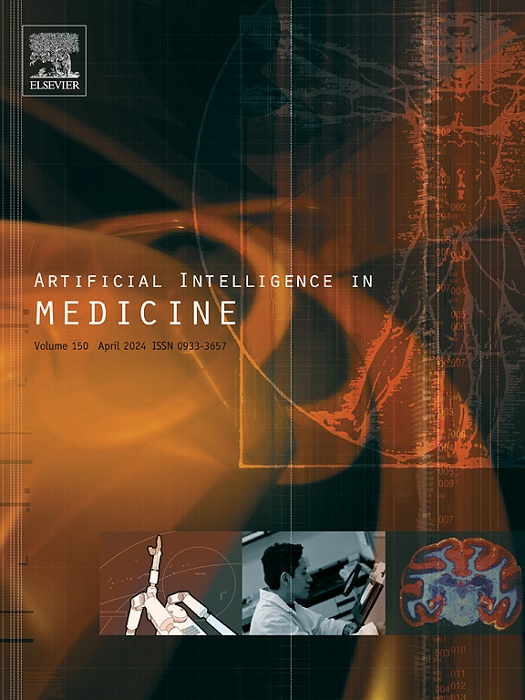Finger-aware Artificial Neural Network for predicting arthritis in Patients with hand pain
IF 6.1
2区 医学
Q1 COMPUTER SCIENCE, ARTIFICIAL INTELLIGENCE
引用次数: 0
Abstract
Arthritis is an inflammatory condition associated with joint damage, the incidence of which is increasing worldwide. In severe cases, arthritis can result in the restriction of joint movement, thereby affecting daily activities; as such, early and accurate diagnosis crucial to ensure effective treatment and management. Advances in imaging technologies used for arthritis diagnosis, particularly Single Photon Emission Computed Tomography/Computed Tomography (SPECT/CT), have enabled the quantitative measurement of joint inflammation using . To the best of our knowledge, this is the first study to apply deep learning to to predict the development of hand arthritis. We developed a transformer-based Finger-aware Artificial Neural Network (FANN) to predict arthritis in patients experiencing hand pain, including finger embedding, and to share unique finger-specific information between hands. Compared to conventional machine learning models, the FANN model demonstrated superior performance, achieving an area under the receiver operating characteristic curve of 0.85, accuracy of 0.79, precision of 0.87, recall of 0.79, and F1-score of 0.83. Furthermore, analysis using the SHapley Additive exPlanations (SHAP) algorithm revealed that the FANN predictions were most significantly influenced by the proximal interphalangeal joints of the right hand, in which arthritis is the most clinically prevalent. These findings indicate that the FANN significantly enhances arthritis prediction, representing a promising tool for clinical decision-making in arthritis diagnosis.
求助全文
约1分钟内获得全文
求助全文
来源期刊

Artificial Intelligence in Medicine
工程技术-工程:生物医学
CiteScore
15.00
自引率
2.70%
发文量
143
审稿时长
6.3 months
期刊介绍:
Artificial Intelligence in Medicine publishes original articles from a wide variety of interdisciplinary perspectives concerning the theory and practice of artificial intelligence (AI) in medicine, medically-oriented human biology, and health care.
Artificial intelligence in medicine may be characterized as the scientific discipline pertaining to research studies, projects, and applications that aim at supporting decision-based medical tasks through knowledge- and/or data-intensive computer-based solutions that ultimately support and improve the performance of a human care provider.
 求助内容:
求助内容: 应助结果提醒方式:
应助结果提醒方式:


